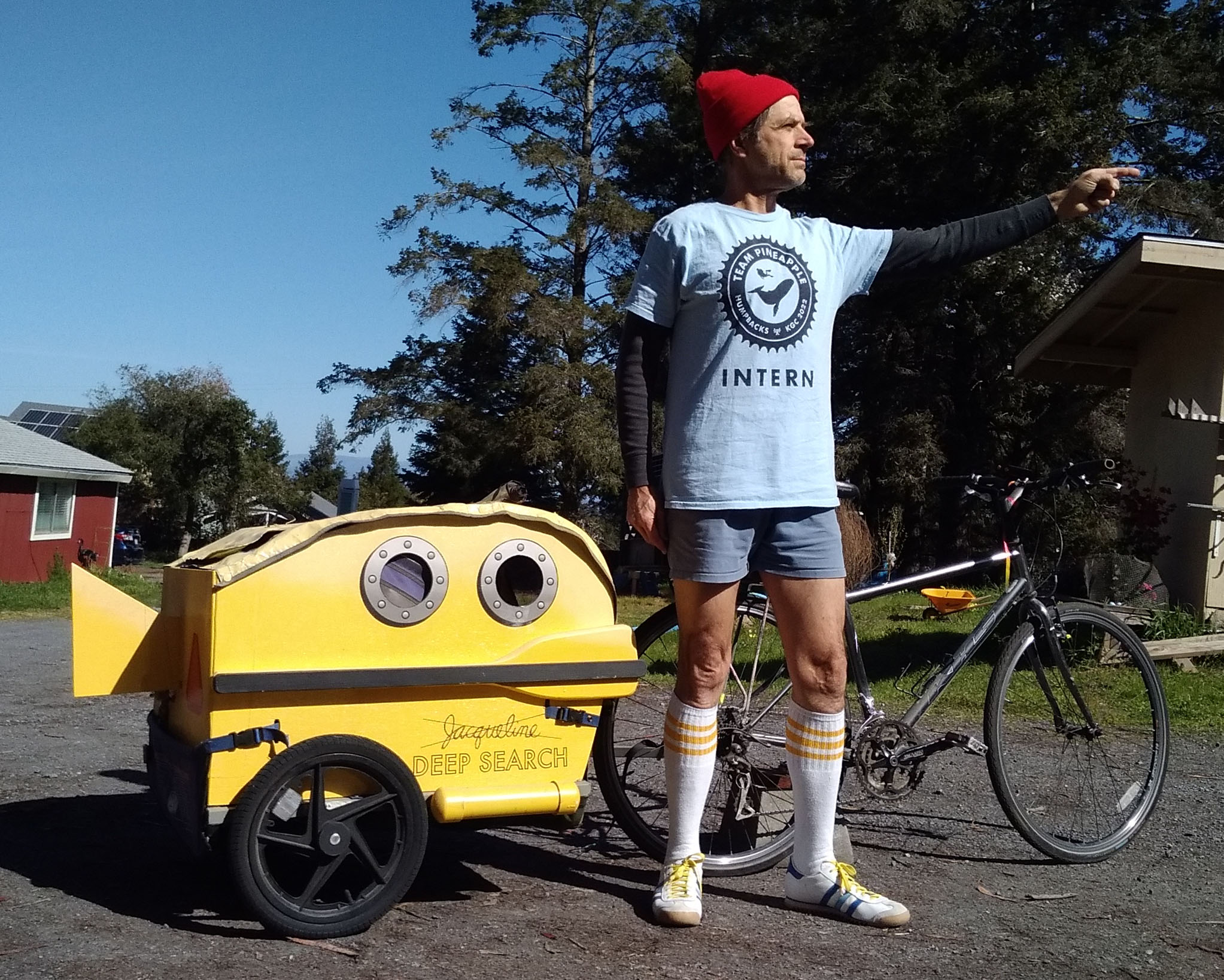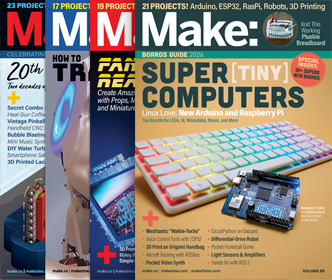Humpbacks of Notre Dame
By Robert van de Walle
Rapid climate change causes all the world's ice to melt by 2069, flooding coastlines and disrupting migration routes, humpback whales now visit a partially submerged Notre Dame Cathedral and our team arrives to film the documentary.
Type: Social Impact, Artistic
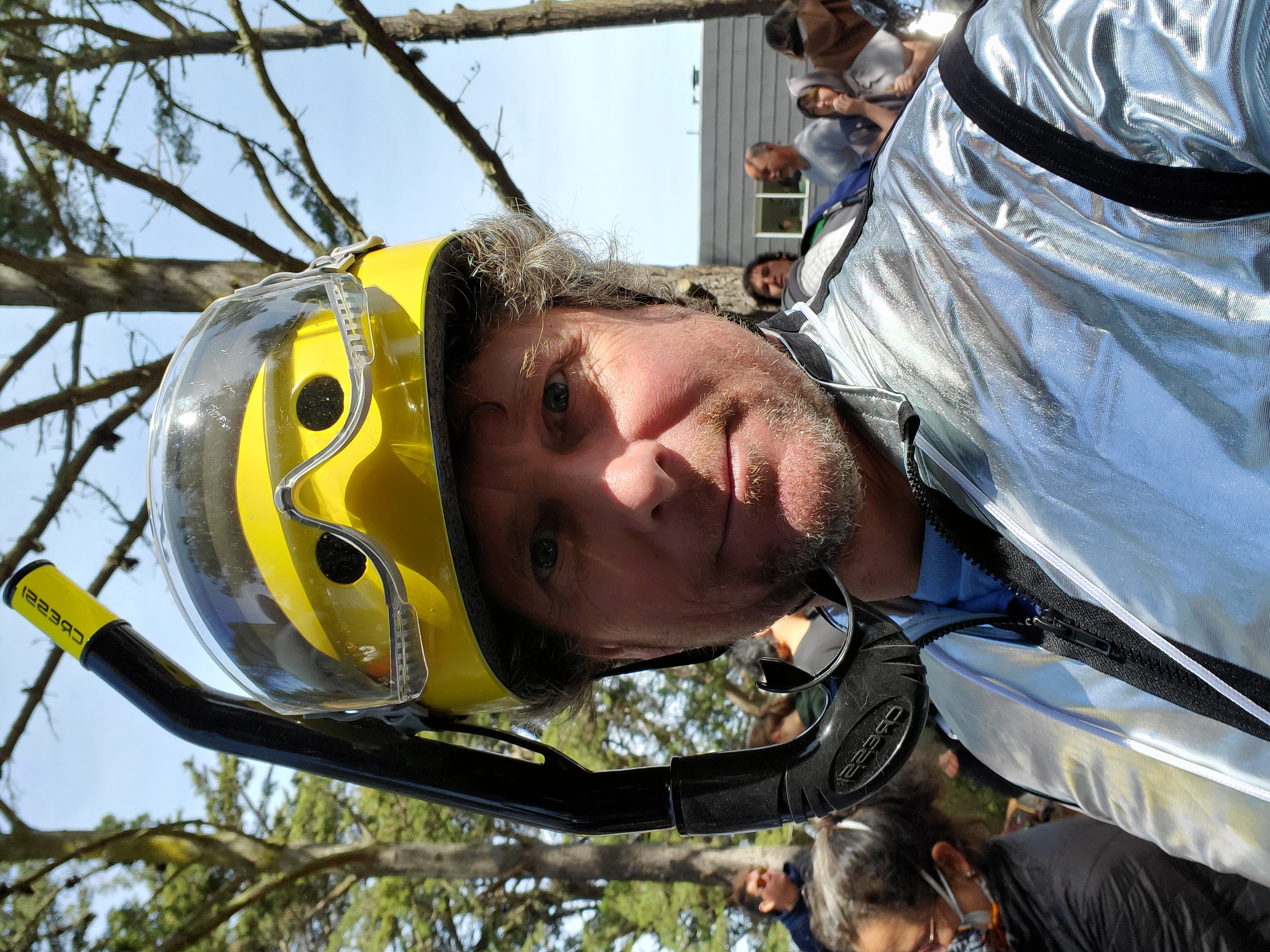

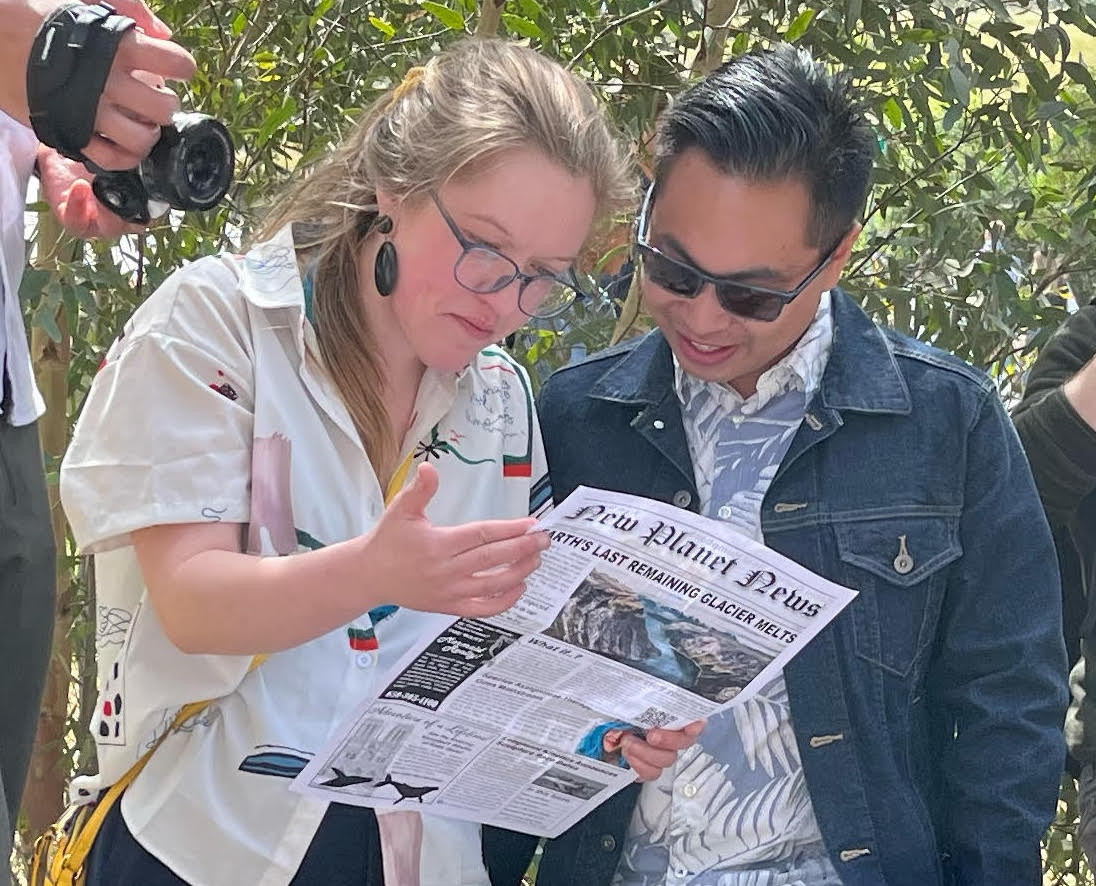
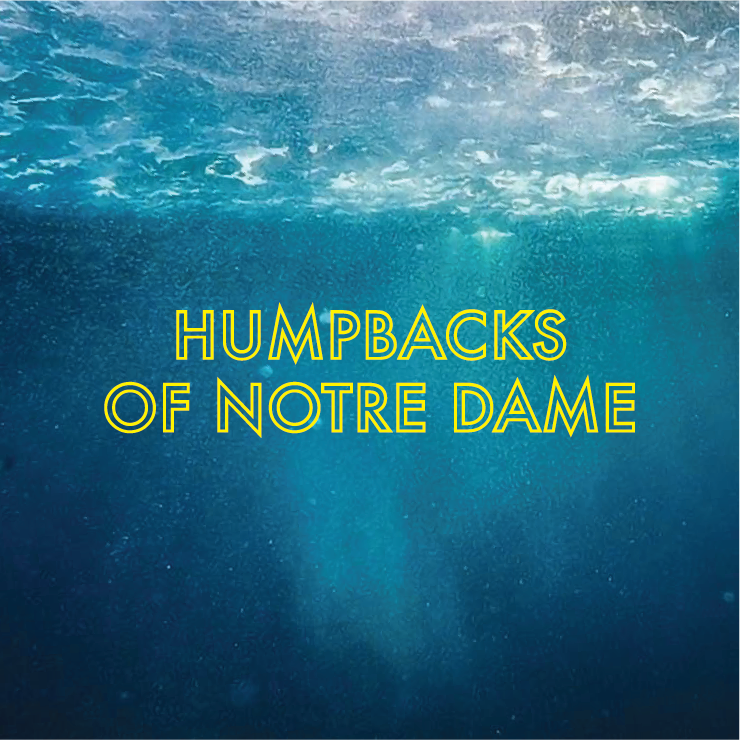

What inspired you or what is the idea that got you started?
We thought about how to talk to people regarding the huge disruption climate change will bring. If people insist now on big legislative and regulatory changes, we might - might! - be able to avoid creating a planet that is hostile to human civilization. Humor can catch people off-guard to make it easier to talk about hard topics such as behavioral change, so we built a kinetic sculpture inspired by the wordplay "Humpbacks of Notre Dame."
What is your project about and how does it work?
We've created a fictional world, themed loosely on Wes Anderson's "The Life Aquatic." In our narrative, oceans have risen 70 meters or so, inundating all Earth's coastlines. Humpback whales swim and breach in the partially submerged ruins of Notre Dame Cathedral. Our sculpture is carried on a human-powered vehicle to link an action we can take today - getting out of our cars, SUVs, and pleasure boats and into human power - with a future outcome we should be striving with all our efforts to avoid.
We use a newspaper from 2069 to help people orient on our narrative, and a "fragment of the last glacier, brought back from 2069" for them to hold. Participants report contemplating the last glacier while holding our block of ice is similar to having a religious experience.
Individual action is insufficient to tackle a problem of this magnitude, so participants are encouraged to press for legislative and regulatory changes.
What did you learn by doing this project?
Notre Dame Cathedral is amazing! I took virtual tours of the cathedral to get source imagery to design our art. I experimented with flat-pak techniques to make the art easily transportable. I re-invented a technique for using paper, foam and glue to make our art lightweight and rigid. I have been sharing this foam+glue+paper fabrication with online builder groups such as a foam-and-fabric teardrop trailer community, and three makers there are currently using my techniques to build their trailers. To make the whales, I learned how to use neoprene sheet rubber (floormats) to make dimensional objects.
I've learned regular people carry a pent-up demand for systemic changes in our infrastructure to address the looming climate catastrophe.
I've learned the people we look to as leaders in climate revolution, from Xtinction Rebellion to 350 to The Climate Center, don't understand this kind of engagement. I continue to search for a strong collaborating organization.
What impact does your project have on others as well as yourself?
People laugh when they read our "Newspaper of the Future" even though it's set in a world drastically altered by ocean rise. They pause and think about the ephemeral quality of our lives and of civilization when they hold our fragment of a melting glacier. We have frank conversations about concrete actions which our civilization must undertake if we are to have a 50/50 chance of avoiding climate catastrophe.
I enjoy seeing people's faces change as they hold a block of blue-tinted ice and notice how quickly it melts in their hands. "Is this really a piece of the last glacier?" Yes, I tell them, I brought it back from the year 2069 to inspire you to take action today! I love the feeling of enrolling someone in our improv, play-acting with us for a minute as we begin the work of fundamentally changing our civilization.


